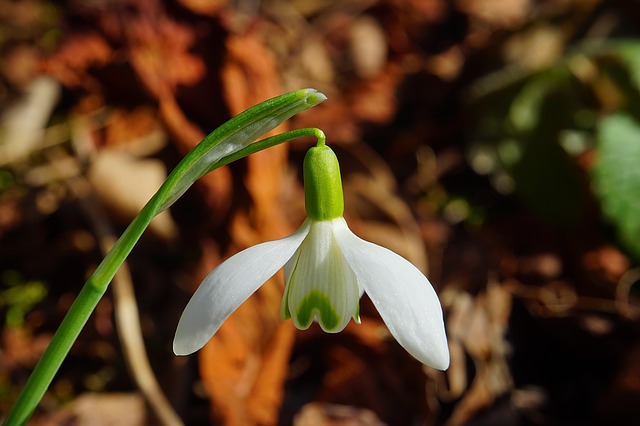In earlier days, most of the plant drugs were derived from the medicinal plants naturally growing in the wilderness and the collectors were mostly uneducated and unskilled local people. As a result, there used to be several cases of adulteration like inferiority, substitution and admixture, partly due to ignorance and carelessness on the part of the collector and partly due to his bad intention to defraud. This was particularly true in cases of the drugs, which were expensive, or sparsely distributed, or were very rare to find, or which were very difficult to collect from their natural sources.

These problems associated with wild medicinal plants have necessitated systematic cultivation of many medicinal plants for the production of good quality plant drugs. Thus most of the plant-derived drugs, which include drugs like Cardamon, Cannabis, Cinnamon, Ginger, Cinchona, Opium, Linseed, Fennel, etc., are now obtained almost exclusively from cultivated plants. In fact, some drug plants, such as Coca, Opium poppy and Flax, have been cultivated from time immemorial.
Advantages of Cultivation
Cultivation of medicinal plants is advantageous from many points of view, which include the following:
- It ensures a correct natural source of the drug.
- The process of collection and harvesting of the drugs can be effectively monitored under cultivation, i.e., they can be collected at the right time and in the proper manner.
- Drying and storage of the drugs from cultivated sources can be more effectively regulated and controlled ensuring the production of good quality drugs.
- Purity of the finished product is assured under cultivation as weeds and other contaminants can be removed by careful weeding during the growth of the crop.
- Quality and production of the drug can be improved under cultivation by:
- The selection of high-yielding and disease resistant seeds and varieties.
- The use of natural and synthetic fertilizers, which increase the total yield of the plants and their active constituents, e.g., nitrogenous fertilizers increase alkaloid content of solanaceous plants.
- The production of hybrids with high yielding and disease resistant properties.
- Cultivation ensures constant and regular supply of genuine drugs.
- Prices of Crude drugs and monopolies of their production can be controlled and reduced by cultivation.
- Illegal trade of dangerous drug like Cannabis and Opium can be restricted by controlled cultivation of such drugs.
As evident from the above points, it is preferable that crude drugs are obtained from cultivated sources or in other words, for the production of good quality crude drugs, they should be brought under cultivation. However, cultivation of medicinal plants is not totally free from some serious drawbacks.
Disadvantages of Cultivation
The principal disadvantages of cultivation of medicinal or drug plants may be summarised as follows:
- Failure of crops due to adverse weather conditions such as flood, drought, frost or heavy rain during growth and harvesting season.
- Failure of crops due to fungal and viral diseases which spread rapidly amongst closely growing plants of the same species, e.g., attack of Belladonna by Phytophthora species.
- Large scale damage of the crops by the attack of insects (like the flea beetle) and rodents in the field.
- The higher cost of production.
- Lack of required environmental conditions for cultivation of a particular medicinal plant. For example, Indian hemp requires a typical tropical climate for the production of the narcotic resin.
However, ‘these drawbacks, which are also common to other cultivated crops, should not discourage the cultivation of drug plants as the benefits derived from cultivation greatly outweigh these disadvantages.
